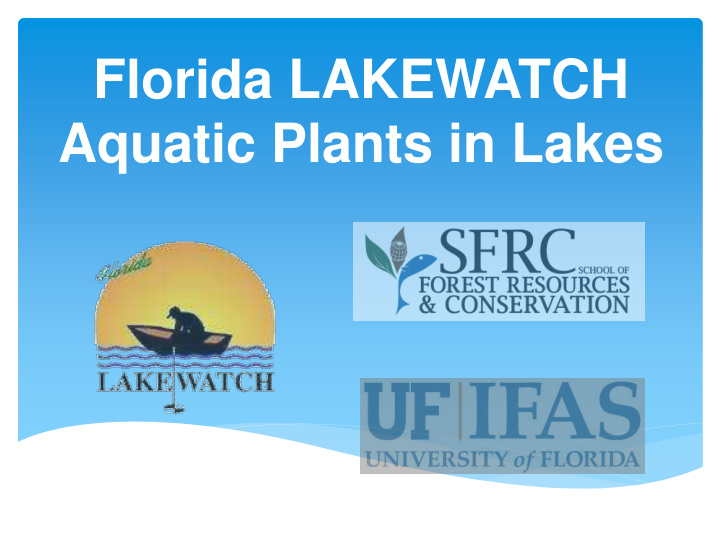



Florida LAKEWATCH Aquatic Plants in Lakes
Parameter Mean Min Max 60 Florida Lakes Phosphorus (µg/L) 56.0 1 1043 Chlorophyll (µg/L) 28.1 1 241 Secchi (m) 2.0 0.3 5.8 PAC (%) 40.4 1 100 Canfield, D. E., Jr., and M. V. Hoyer. 1992. Relations between aquatic macrophytes and the limnology and fisheries of Florida lakes. Final Report. Bureau of Aquatic Plant Management, Florida Department of Natural Resources, Tallahassee, Florida.
5
Harvestable Fish and Aquatic Plants
Hydrilla “The Perfect Aquatic Weed”
20 Years of Hydrilla Control Eradication
Hoyer, M. V., M. Woods Jackson, M. S. Allen, D. E. Canfield, Jr. 2009. Lack of exotic hydrilla infestation effects on plant, fish and aquatic bird community measures. Lake and Reservoir Management. 24:331-338. Total Plant Species Submersed Species Fish Species Richness Fish Eveness
FWC’s Position Statement Hydrilla Management ………….FWC prefers to manage for native aquatic plants, but recognizes that in waterbodies where native submersed aquatic plants are absent or limited, hydrilla at low to moderate densities can be beneficial to fish and wildlife. FWC will manage hydrilla on a waterbody by waterbody basis using a risk-based approach to determine the level of management……………
Hoyer’s Aquatic Plant Management Strategy
Aquatic Plant Control Management Options and Mother Nature’s Control Considerations • Physical Removal • Habitat Alteration • Biological Control • Herbicides • Environmental Considerations • Fate of Aquatic Herbicides in the Environment ALL Management Activities Come With a Cost
Recommend
More recommend